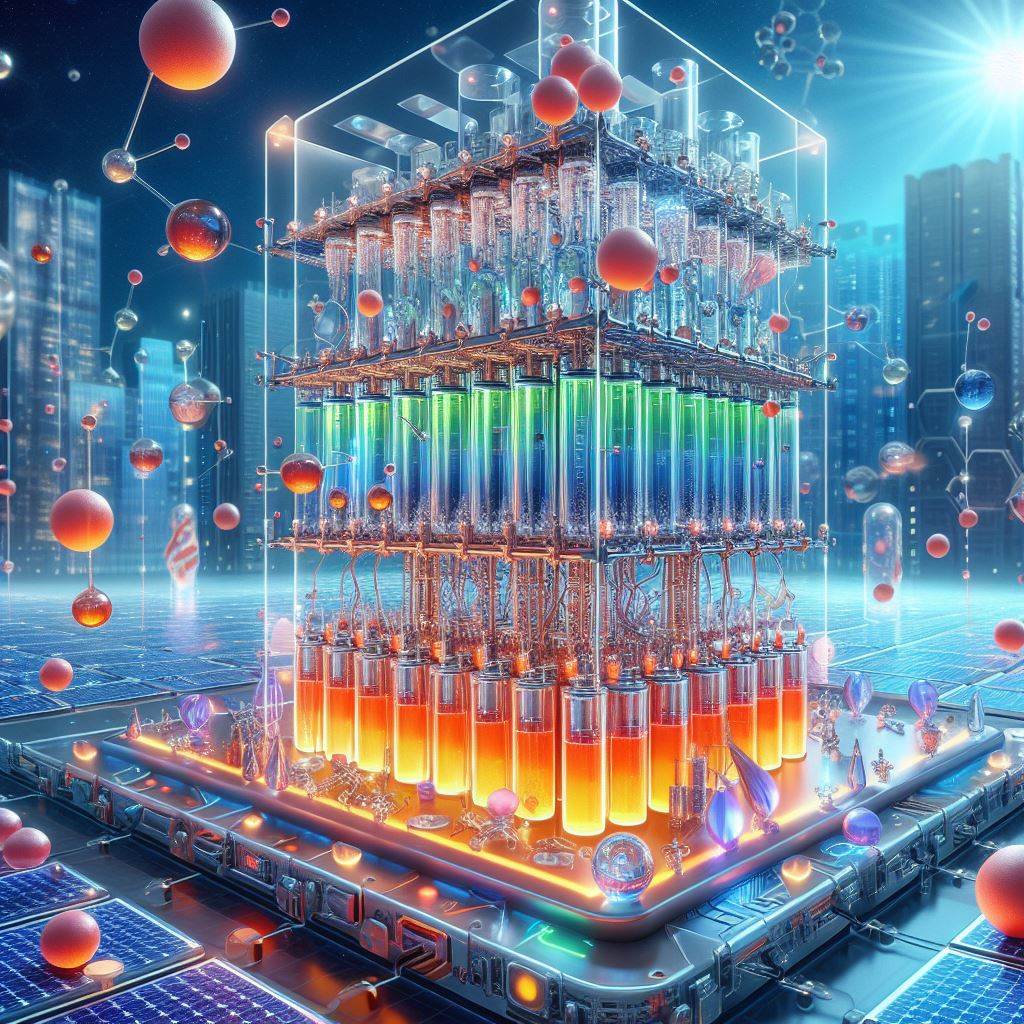
Researchers from the Chinese Academy of Sciences, Tsinghua University, and Hong Kong University of Science and Technology have developed a groundbreaking method to effectively store iontronic energy based on osmotic effects, presenting a promising solution for sustainable energy generation and storage. Their study, published in Nature Energy, introduces a new approach that leverages osmotic effects and electrode redox reactions to realize a vertical iontronic energy storage system.
The concept of osmotic energy, generated when fluids with different salt concentrations meet, has long been explored as a potential energy source. However, practical and scalable methods to convert osmotic energy into portable electrical energy for consumer electronics have been challenging to develop.
Dr. Di Wei, co-author of the paper, explains that their research builds on previous efforts to harness ion transport dynamics in graphene oxide (GO) nanofluidic channels and tailor interfacial redox reactions. By integrating these principles, the team devised a novel method to store iontronic energy based on osmotic effects, enabling the creation of renewable, ultrathin, and safe power sources.
The researchers' approach involves spraying various GO-based inks onto charge collectors and drying them onto a PET substrate to form 2D nanofluidic channels. This vertical iontronic energy storage device effectively decreases internal resistance, enhancing its performance compared to traditional osmotic energy conversion devices.
In initial tests, the device achieved an impressive areal output power density of 15,900 W m^-2 and higher volumetric specific energy and power densities. Furthermore, the device's scalability and cost-effectiveness make it suitable for widespread adoption in consumer electronics.
Looking ahead, the researchers plan to explore potential applications of their iontronic energy storage system, focusing on powering medical implants, wearable devices, and ultra-thin human-machine interfaces. Their innovative method holds great promise for advancing renewable energy technologies and addressing the growing demand for sustainable power sources in various applications.